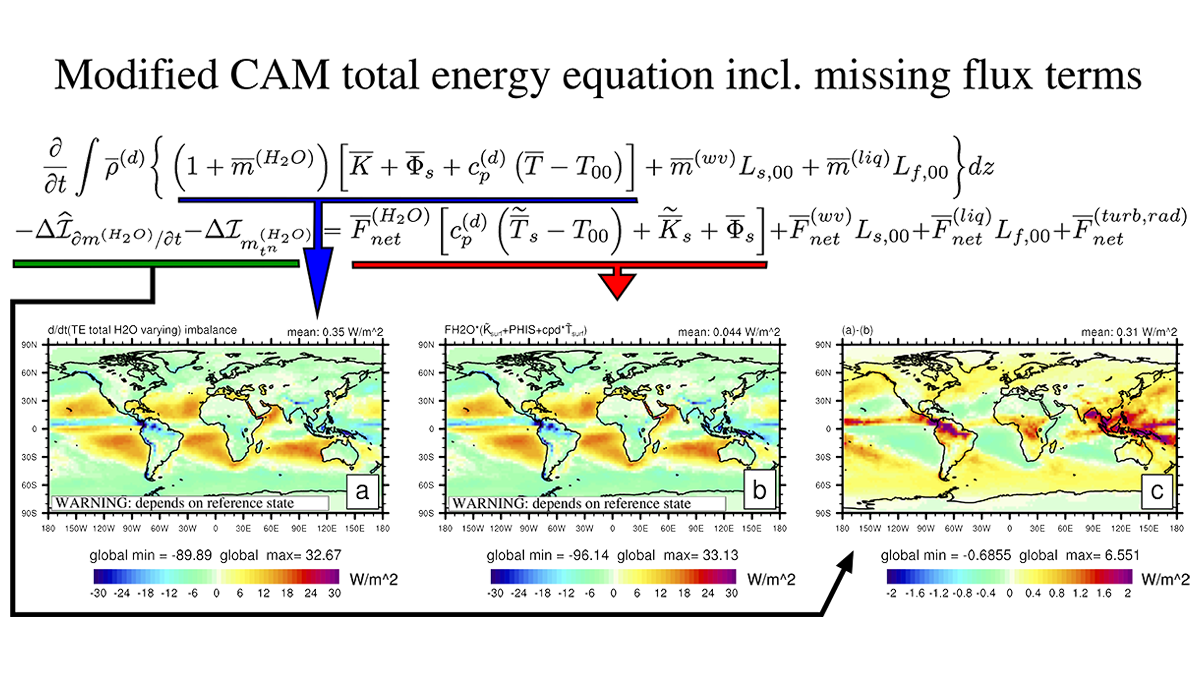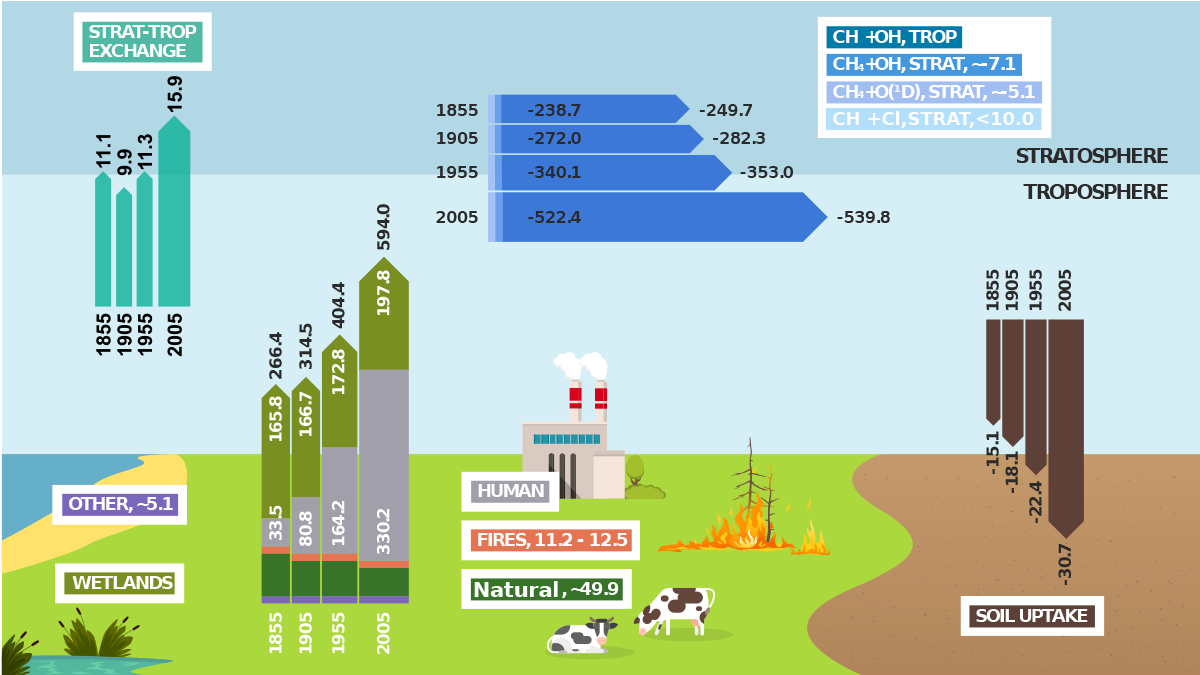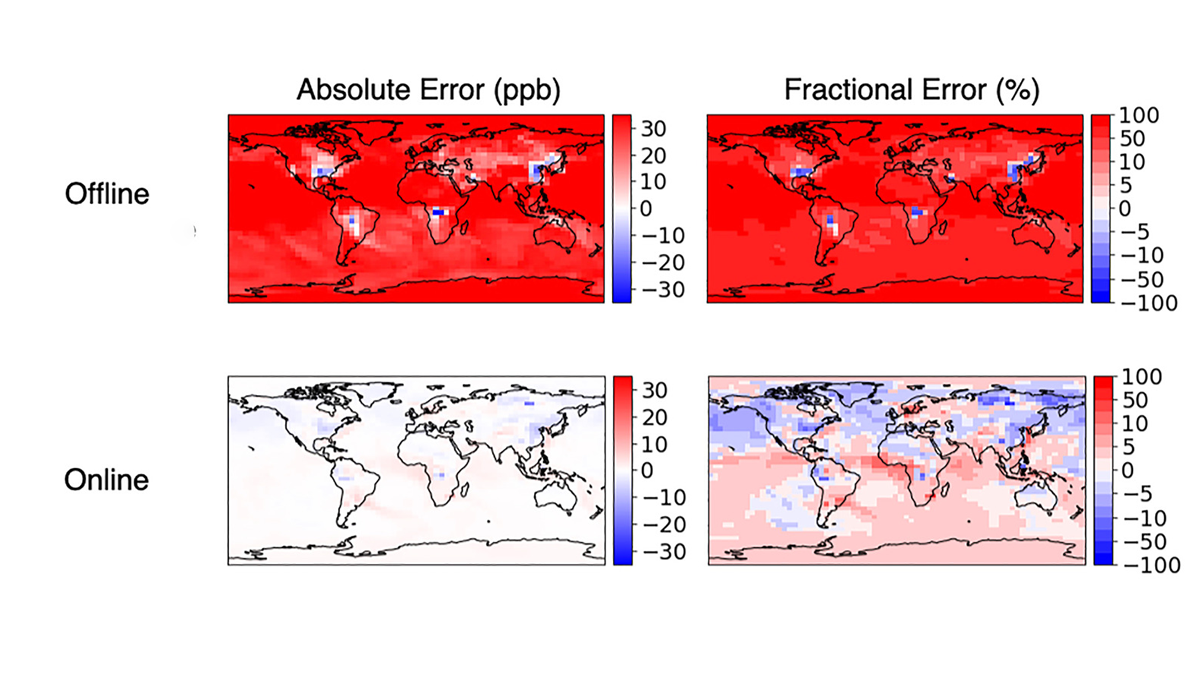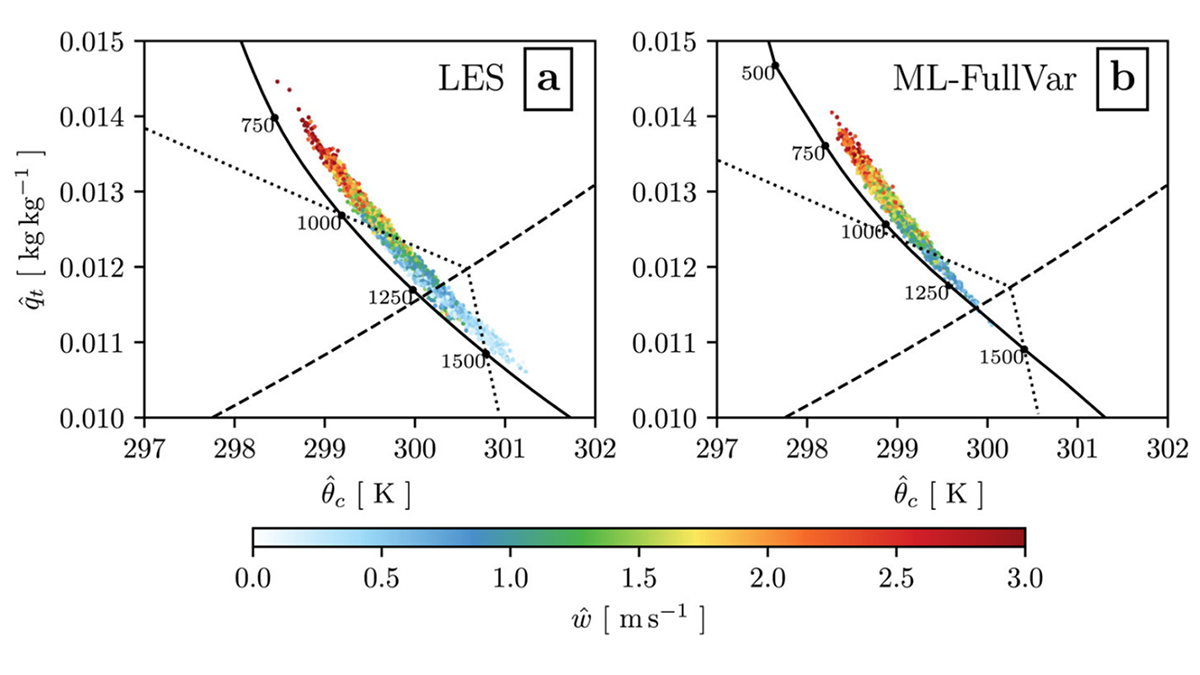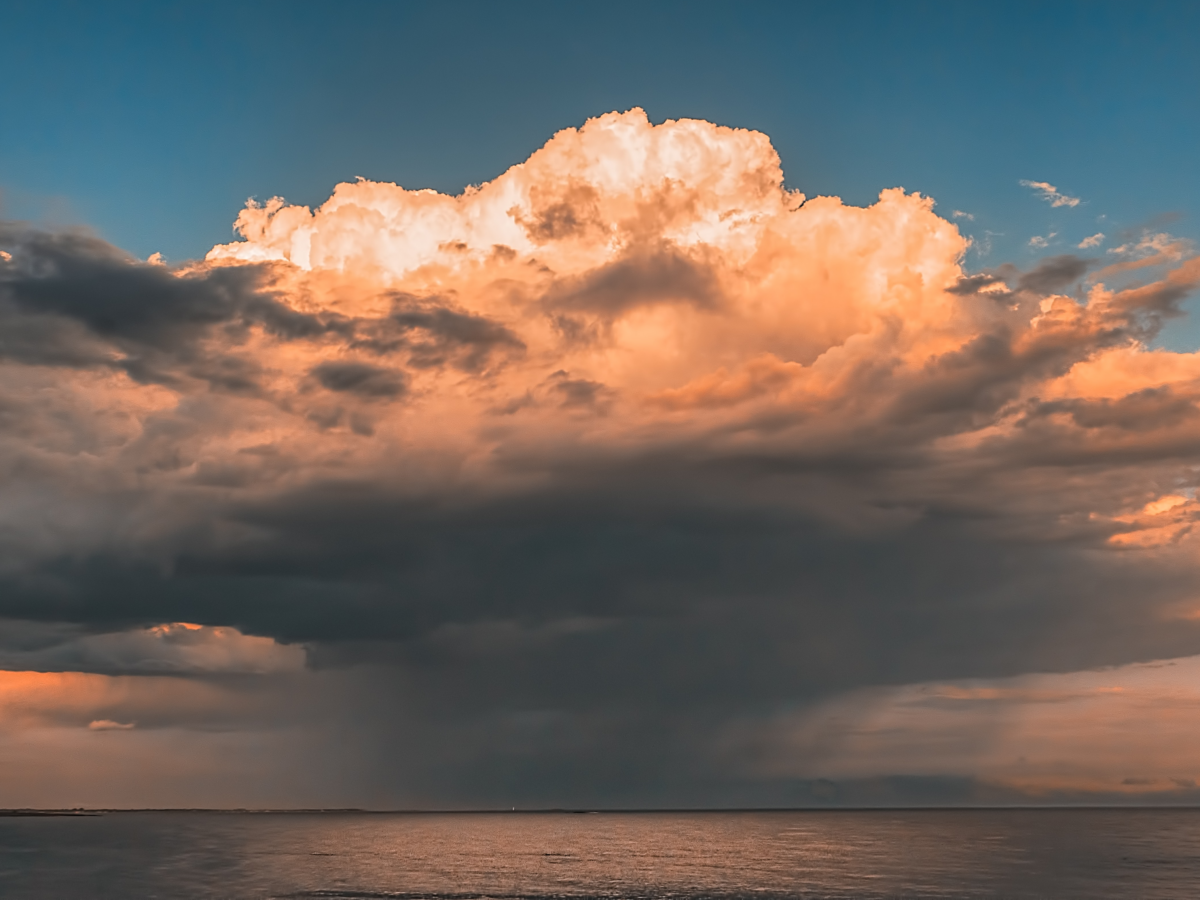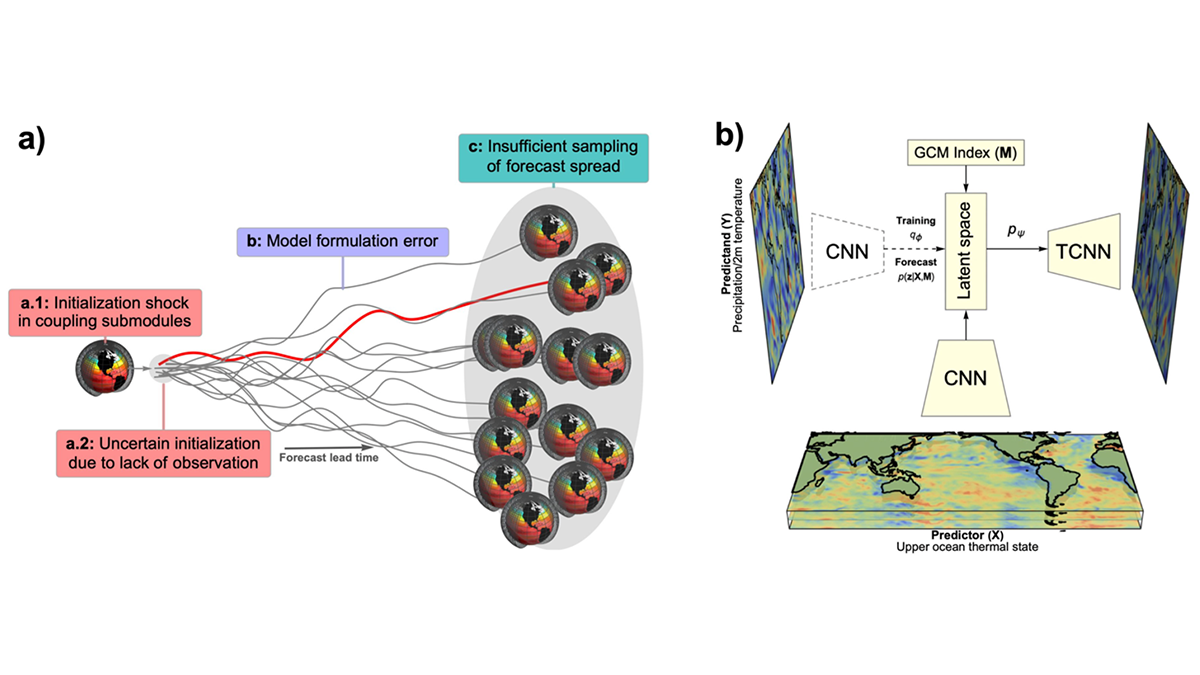First simulations of a new biogeochemistry-circulation coastal grid refinement demonstrate seamless inclusion of small-scale coastal processes in a state-of-the-art Earth system model.
Journal of Advances in Modeling Earth Systems (JAMES)
Consistently Closing the Energy Budget in Earth System Models
Researchers review the challenges and prospects of Earth System Models that incorporate a consistent closed energy budget.
A Significant Advancement in Modeling the Global Methane Cycle
The capability to fully model the global methane cycle advances the international climate science community’s ability of providing essential evidence to underpin climate mitigation policy.
Advanced Real-Time Prediction of Storms With 30-Second Refresh
A new-generation weather radar and a massive supercomputing system enables forecasts of storms refreshed every 30 seconds, a significant development in severe weather prediction.
Notebooks Now! Elevating Computational Notebooks
AGU is launching a community-driven effort, funded by the Alfred P. Sloan Foundation, to support computational notebooks as primary research objects in scholarly publications.
Accurate and Fast Emulation With Online Machine-Learning
Online training produces more accurate and stable machine-learned models than classic offline learning from big data sets.
Machine Learning Emulation of Atmospheric Radiative Transfer
Using machine learning to represent sub-grid processes in weather and climate models holds promise, but also faces challenges. Incorporating physical knowledge can help.
Modeling Entrainment with Machine Learning
Researchers present a new approach to modeling the stochastic mixing process of convection using a machine learning technique.
More Accurately Modeling Rain Formation
Rain and cloud droplets are treated as distinct categories in most models yet lie on a continuous droplet size spectrum in nature. Representing them as part of a continuous spectrum improves models.
Learning from Climate Simulations for Global Seasonal Forecast
A probabilistic deep learning methodology that learns from climate simulation big data offers advantageous seasonal forecasting skill and crucial climate model diagnosis information at a global scale.


